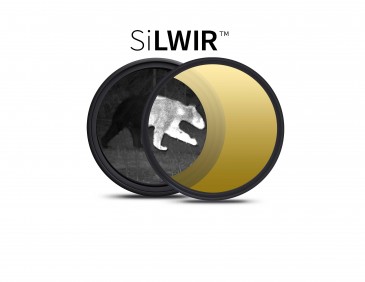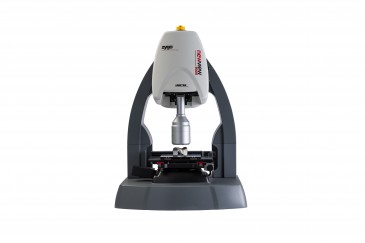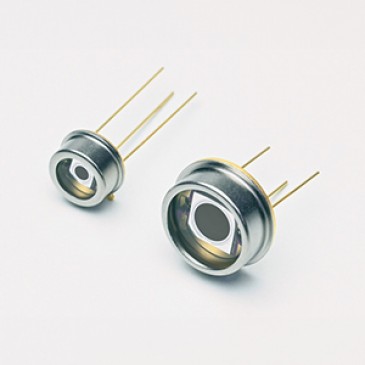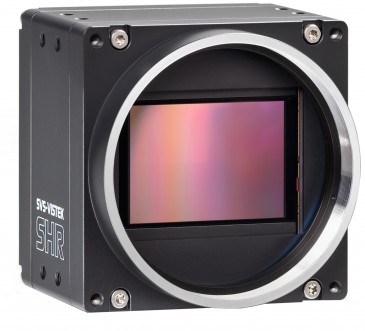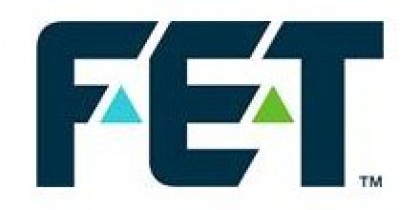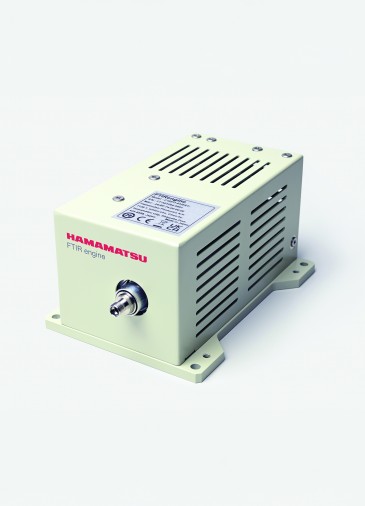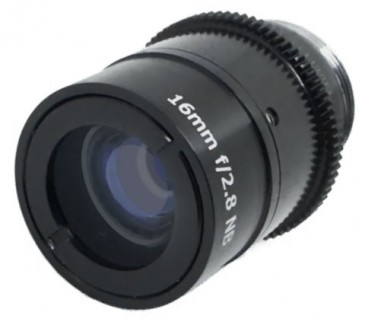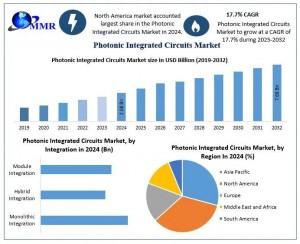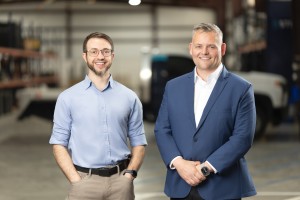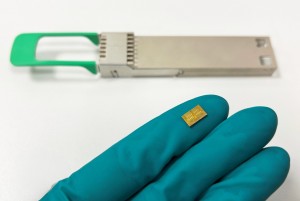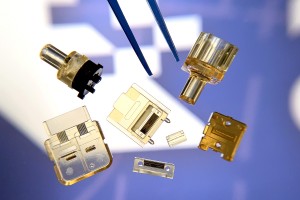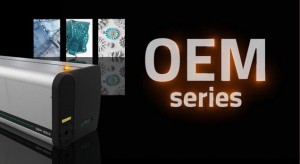
The need for aerospace and avionics fibre-optic training continues to increase as fibre-optic systems are introduced onto military and commercial aircraft. A supply of trained and certified personnel to install, operate and maintain emerging fibre-optics technologies is imperative to the aerospace and avionics fibre-optics industries’ abilities to meet their customers demand for bandwidth.
The rapid development of this technology is placing great challenges on educators and employers to train and certify personnel in a timely way. A cooperative effort between Electronics Technicians Association (ETA) International, SAE International and Aeronautical Radio, Incorporated (ARINC), now part of Rockwell Collins, has created a training and certification program that stays current with technology and meets these challenges.
Avionics box manufacturers are a main supplier of fibre-optic technology. As their customers continue to demand more and more bandwidth, these manufacturers are finding that fibre optics is the only way to meet their demand.
The commercial air transportation industry typically requires that fibre-optic systems meet the requirements of ARINC specifications. As avionics box manufacturers embrace fibre-optic technology, they typically do not realise that their fibre-optic fabricators, installers, technicians and quality assurance (QA) personnel need fibre-optic training and certification to ensure compliance with the requirements defined in the various ARINC Reports. That changes the first time a product fails inspection and is rejected by a customer.
Often products are rejected for failing end-face visual inspection as defined in ARINC Report 805. End-face inspection and cleaning is a well-defined low-tech process; however, it requires a skilled, properly trained and certified individual. While performing an inspection as defined in ARINC Report 805 is a minor step in the manufacturing process of an avionics box, the financial impact associated with rework because of a poorly performed inspection is far from minor.
Military avionics box manufacturers are not immune from the same problems being experienced by commercial avionics box manufacturers. Military customers typically do not invoke ARINC fibre-optic standards; rather, they invoke SAE International aerospace fibre-optic standards.
Both SAE International and ARINC have developed extensive fibre-optic training standards, which provide detailed knowledge and hands-on competencies. Successful completion of the knowledge and hands-on training detailed in these documents leads to certification. Third-party certification independently recognises that a person has been properly trained, evaluated and tested. ETA International has been working with these organisations to create a certification infrastructure that aligns with the training standards they have developed.
An ETA International certification signifies that the holder has demonstrated professional proficiency and has the technical knowledge and hands-on skill to meet the requirements defined in ARP5602 or ARINC Report 807. Currently, ETA International is responding to a request from industry to develop an inspection and cleaning certification for an ARINC Report 805copp.


































 Back to News
Back to News